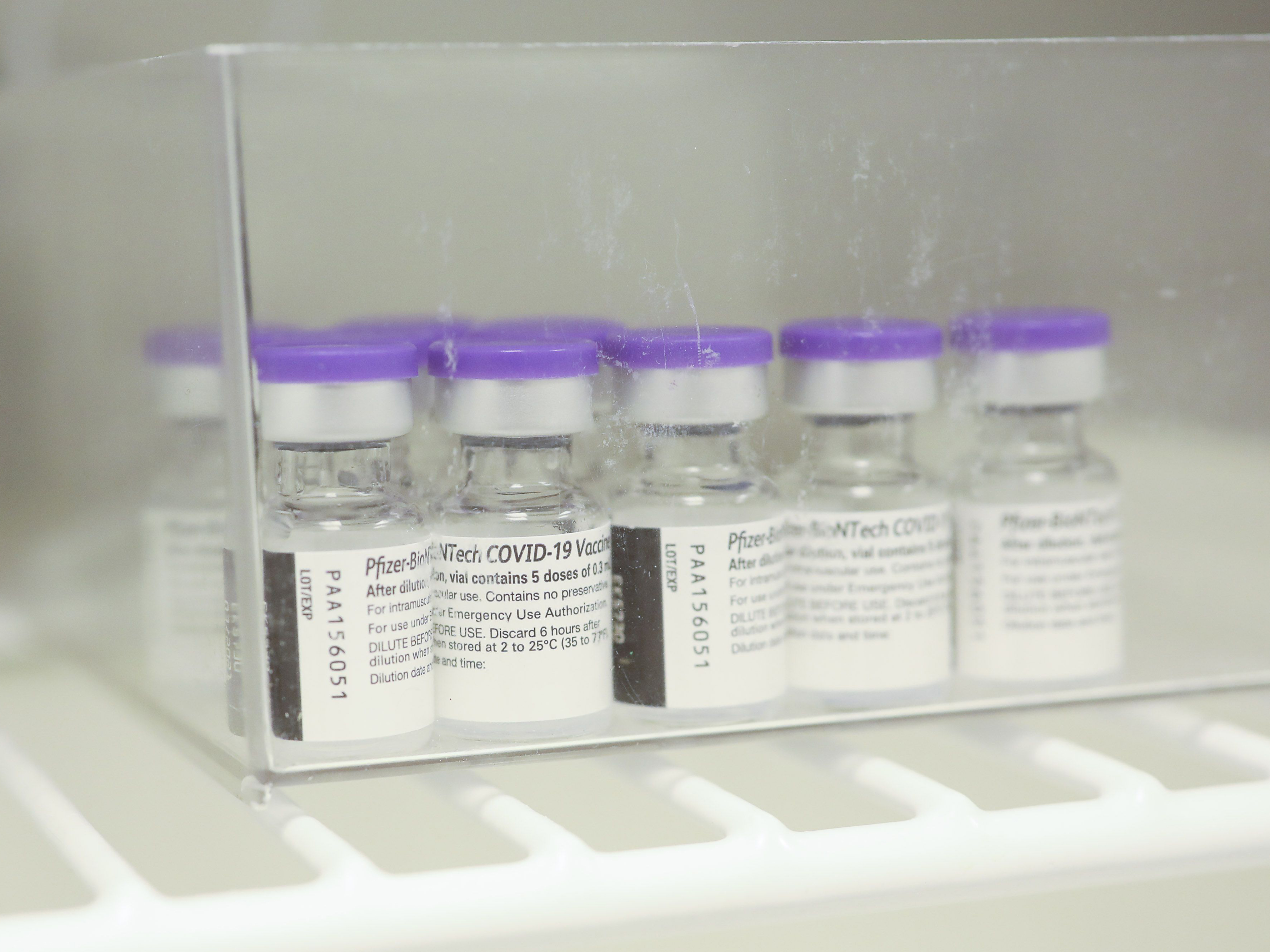
We've reached the vaccine distribution threshold of the coronavirus pandemic — where manufacturers, logistics companies and healthcare providers must consider new safety measures for everyone involved. Businesses have taken several precautions to help protect workers from an infection from the virus itself. But delivery drivers could be at risk from another hidden danger associated with the shipment of the vaccine.
Several vaccine options need to be stored at extremely cold temperatures, and dry ice is the ideal solution for maintaining low temperatures over a sustained period. Dry ice is the solid form of carbon dioxide (CO2), and is commonly used in research areas to allow for rapid cooling of materials. As dry ice warms, it sublimates (passes directly into a gas without becoming a liquid) at -78.5 degrees Celsius (-109.3 degrees Fahrenheit). This quick shift to a gas state can pose worker safety hazards, including frostbite and asphyxiation from high levels of CO2 , and these hazards should not be taken lightly.
Many shipping companies are well acquainted with handling dry ice, and know how to take proper precautions as a regular part of their handling of hazardous materials. However, the volume and frequency of dry ice handling is due to increase significantly with shipments of the COVID-19 vaccine. This will increase the number of people placed at risk as they handle the packaged vaccine. It will be critical to communicate protocols and implement safety measures.
Following are a few guidelines that can help keep everyone safer when working with dry ice:
- Be careful when handling dry ice, and avoid direct contact with the skin. Dry ice can lead to frostbite, where the skin cells freeze and become damaged very quickly if the skin makes direct contact. Make sure workers are wearing the proper personal protection equipment, from goggles and face shields to thermally insulated gloves and a lab coat. Ensure they have tongs to handle the dry ice whenever possible.
- Make sure workers understand the asphyxiation hazard associated with CO2. Dry ice changes from solid form into its gaseous state at any temperature above -109 degrees Fahrenheit. This process can release substantial volumes of CO2, which can displace oxygen quickly in the air around the dry ice, causing difficulty breathing, loss of consciousness and death. Have workers wear a portable gas detector that can warn them when CO2 levels in the air are too high. Choose one that’s comfortable to wear, simple to use and alerts with a combination of signal warnings — vibration, light and sound. A small, lightweight detector can help protect workers by immediately making them aware of the potential hazard, without impeding their work progress. Simple, straightforward operation can minimize device training requirements.
- Make sure workers are aware of the potential hazard of the container bursting. Due to the rapid emission of large volumes of CO2, any dry ice stored in a closed container such as vaccine packaging can pressurize that container. Given enough time at normal room temperature, the vaccine package may burst if the gas isn’t able to escape.
- Ensure that everyone who handles the package understands the occupational exposure limits for dry ice. The eight-hour, time-weighted average is 5,000 parts per million (ppm) with a 15-minute, short-term exposure limit of 30,000 ppm.
By following proper safety precautions and providing workers with advanced, portable gas detectors, companies involved in the supply chain can help to safely and efficiently distribute a much-needed vaccine to respond to the global pandemic.
Bob Fawley is senior customer marketing specialist for Honeywell’s Gas Analysis and Safety business.







